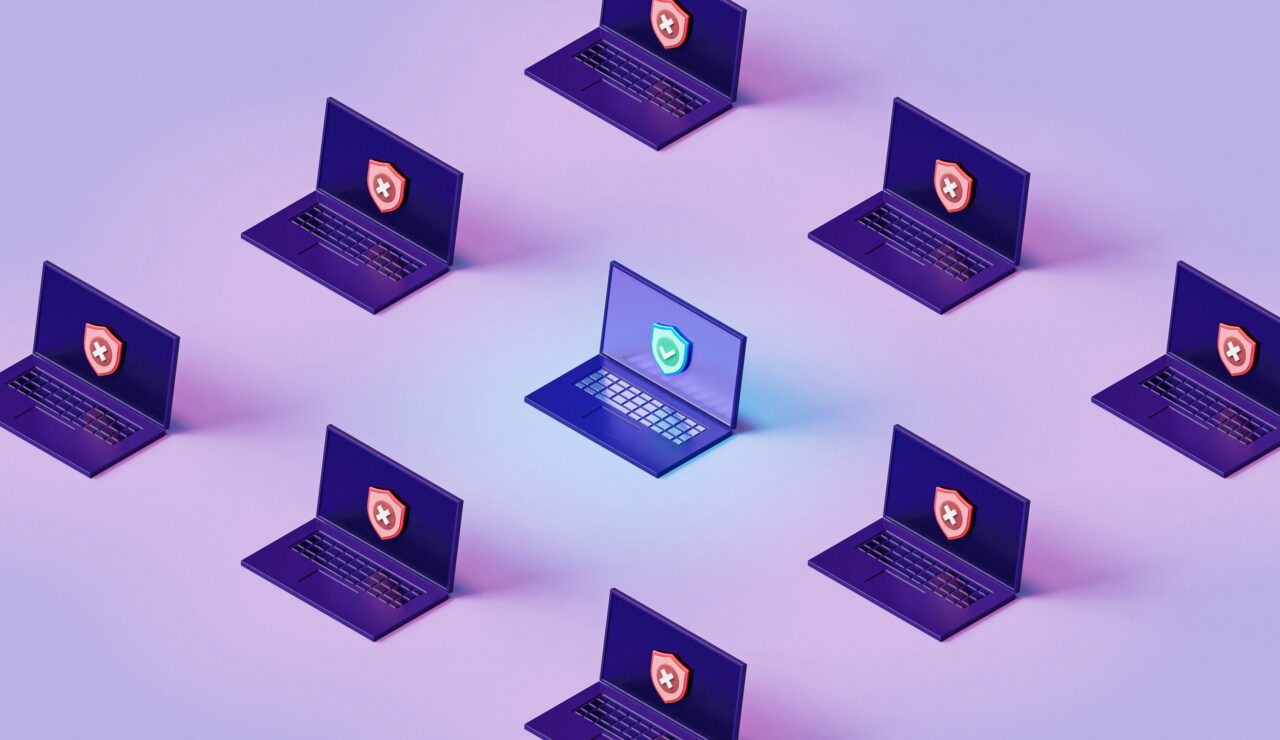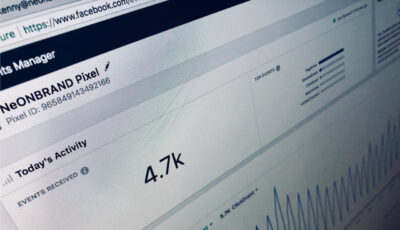In today’s world, keeping personal data safe is not just a technical task but a way to build trust with your customers. Laws like the EU’s GDPR and Switzerland’s FADP tell us to take smart steps to protect personal data based on what we do with it and the risks involved. This post is here to show you, whether you’re just starting out or running a big company, how to keep your personal data secure with hands-on tips that work for your tech or fintech business.
This article was written in collaboration with Joshua Roach, CEO of the G&R Group GmbH.
Why strong data security is essential
- In today’s digital world, personal data is key to making smart decisions and running your business smoothly. But relying so much on personal data has its risks, like the chance of data breaches. Keeping your data safe is more than a tech task; it’s vital for your company’s good name, financial well-being, and following the law. It’s important to know how to protect your personal data well against the many digital dangers out there. The financial impact of a data breach is often the most immediate and quantifiable. Companies may face significant fines for non-compliance with data protection regulations in Europe. Additionally, there are costs associated with the breach itself, such as forensic investigation, restoration of compromised data systems, and implementation of improved security measures.
- Beyond the immediate financial repercussions, a data breach can severely damage a company’s reputation. Trust is hard to earn and easy to lose. When customers learn that their personal information has been compromised, the loss of trust can lead to a decline in business, as customers and partners may choose to take their business elsewhere. Rebuilding a tarnished reputation can take years and requires substantial investment in public relations and customer service efforts.
- The legal consequences of a data breach are becoming more severe. Data protection laws have been tightened by regulators worldwide, and companies are now held accountable for any lapses in data security, which is where our data protection compliance check can be helpful. Failure to comply with these regulations can result in legal action, significant fines, and mandatory corrective measures. Additionally, affected individuals or groups may file lawsuits against companies, further exacerbating the financial and reputational damage.
Preventing data breaches is the biggest reason to focus on data security. By taking action early and using strategies to reduce risks like unauthorized access or damage to personal data, you can avoid legal issues, financial losses, and damage to your reputation that come with a data breach.
Technical measures to adopt
‘There are only two types of organizations: Those that have been hacked and those that don’t know it yet!’
In today’s constantly evolving landscape of cyber threats, it is imperative for businesses of all sizes to establish robust cybersecurity defences. The key to safeguarding digital assets, ensuring data integrity, and maintaining customer trust is to implement a series of integrated technical measures. This chapter consolidates essential cybersecurity practices into broader categories, emphasizing the importance of comprehensive security strategies. The following topics cover some essential technical measures every organization can and should adopt:
- Implement Strong Authentication Protocols: Utilize multi-factor authentication (MFA) for all system access, especially for remote access and critical systems. MFA requires users to provide two or more verification factors to gain access to a resource, making unauthorized access significantly more difficult.
- Regular Security Audits and Penetration Testing: Conduct thorough and regular security audits to assess the vulnerabilities in the IT infrastructure. This should be complemented with penetration testing, where ethical hackers attempt to breach your systems to identify and fix vulnerabilities before they can be exploited by malicious actors.
- Robust Data Encryption and Network Security: Employ end-to-end encryption for all sensitive data, both at rest and in transit, to protect against data breaches and interception. Additionally, ensure network security through the use of firewalls, intrusion detection/prevention systems, and regular monitoring of network traffic for unusual or unauthorized activity.
Regular backups and disaster recovery exercises are particularly important, as they prepare businesses for the worst-case scenarios, ensuring resilience and the ability to recover from cyberattacks and data breaches. By adopting these practices, businesses can significantly enhance their cybersecurity posture and protect their assets. Implementing these technical measures requires a holistic approach to cybersecurity, emphasizing not just the technological aspects but also the human factors. the next chapter focuses on organizational structure and the human factor.
Building a secure organizational structure
By learning and using the right steps to protect personal data, businesses can significantly improve their data safety. This helps stop unauthorized access and security breaches. Just like with tech solutions, the organizational steps you choose need to fit your company’s unique needs. This means there’s no one-size-fits-all approach, as it all depends on the kind of personal data you handle, who you work with, and the specific security risks you face.
So, where do you start? Here are some initial steps you can take to make sure your personal data is secure:
- Defining Roles and Responsibilities: This ensures everyone in your organization knows their specific duties regarding data protection, as well as the responsibilities inherent to them, preventing data mishandling. A good first step is to have an overview of the different departments and roles within your company and determine what assets they have access to. For instance, IT staff might be responsible for implementing technical safeguards, while HR ensures employee training on data privacy. Another good starting point is classifying personal data based on the access given to employees (e.g. public information, restricted, confidential). By giving different levels of secrecy to the personal data you process, as well as by distributing roles, you ensure a unified and effective data protection strategy across the company;
- Access Control and Authentication: After determining the roles within your company and the classification of the information you process, the next step is to implement access controls on a need-to-know basis. This ensures only authorized personnel can access sensitive information. For example, does everyone in your HR team needs to have access to all employee files? Besides authorizing the relevant employees to access your information, you can also adopt measures to ensure not authorised persons are blocked from accessing additional data. By controlling access effectively, you can significantly reduce the risk of data breaches;
- HR Training and Legal Agreements: Effective HR training and confidentiality frameworks such as Non-Disclosure Agreements (NDAs) play a critical role in data protection. IT security and awareness amongst employees is important. Data protection training equips your employees with the knowledge to recognize and avoid security threats. No matter how many internal policies you adopt to protect your information, their implementation is only as good as the awareness level within your company. Thus, it is important to adopt periodical trainings (e.g. yearly) that are tailored to each department. For example, your marketing team may face different risks from those faced by your IT team. So, training schedules should be tailored to the needs and risks of each department. NDAs and confidentiality clauses, on the other hand, legally bind your employees to protect company and personal data they have access to. This ensures that the information they use to perform their tasks does not leave the company, or else the employee may be liable for those breaches. Together, these measures create a culture of security and accountability within your company.
All these steps are key pieces of a strong data protection plan. By following them, you’ll improve how you protect personal data from unauthorized access and breaches. This way, you keep your clients’ trust and stay in line with rules and regulations.
Wrapping Up: Simplifying Data Security
In conclusion, protecting your company’s data in this digital age is crucial but doesn’t have to be complex. Start with key tech practices like multi-factor authentication, regular security assessments, data encryption, and network monitoring. Combine these with a strong organizational approach: define clear data protection roles, limit access to sensitive information, and keep your team informed and vigilant.
By taking these straightforward steps, you’ll not only safeguard your business against threats but also strengthen trust with your customers and ensure compliance with important regulations. Remember, a commitment to data security is an ongoing journey that requires attention and adaptation. Let’s make data protection and cybersecurity a priority and a part of our business culture.












